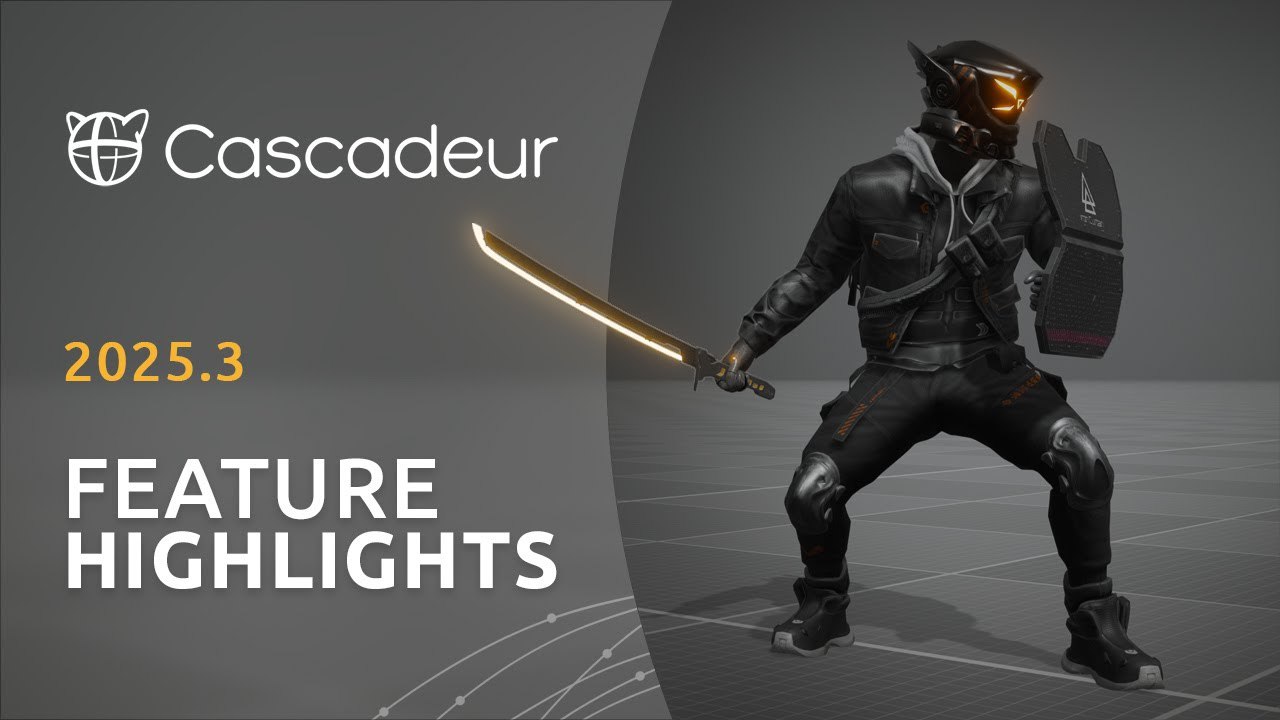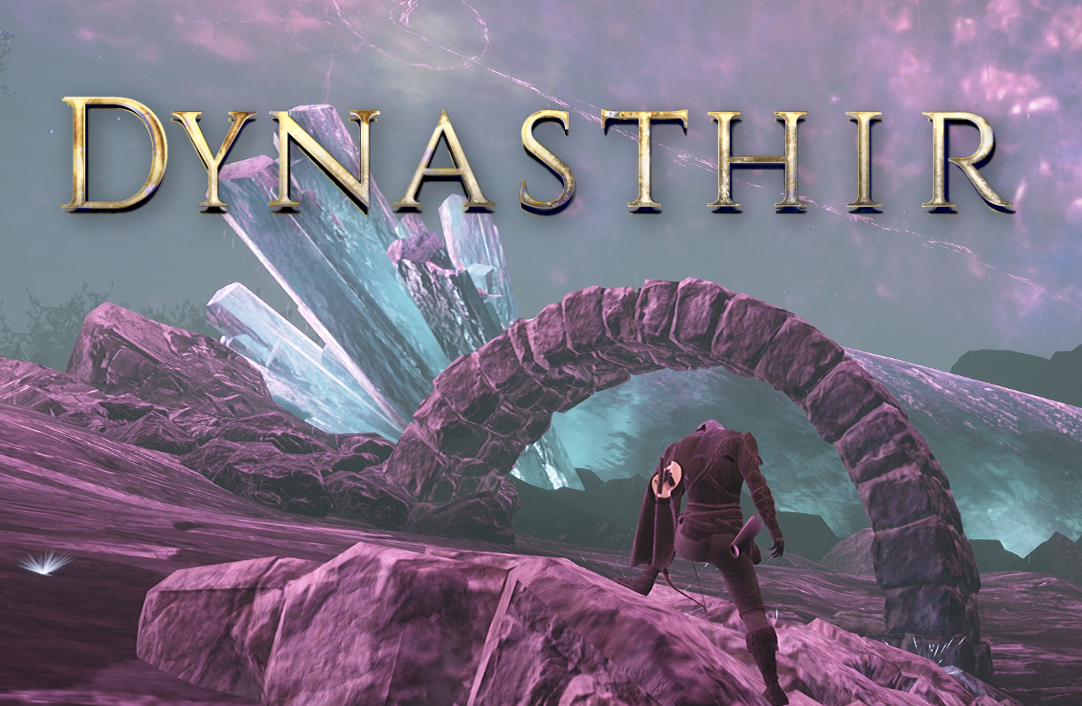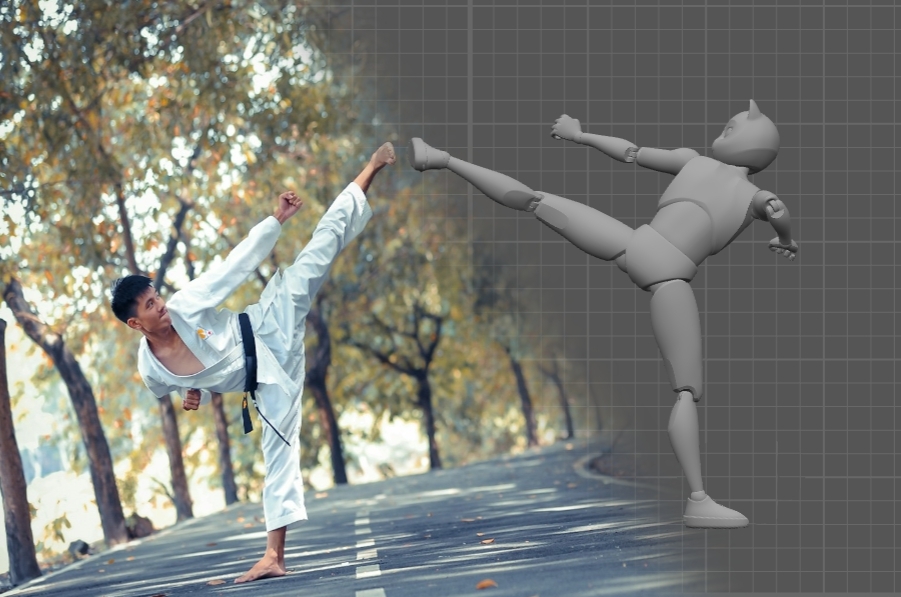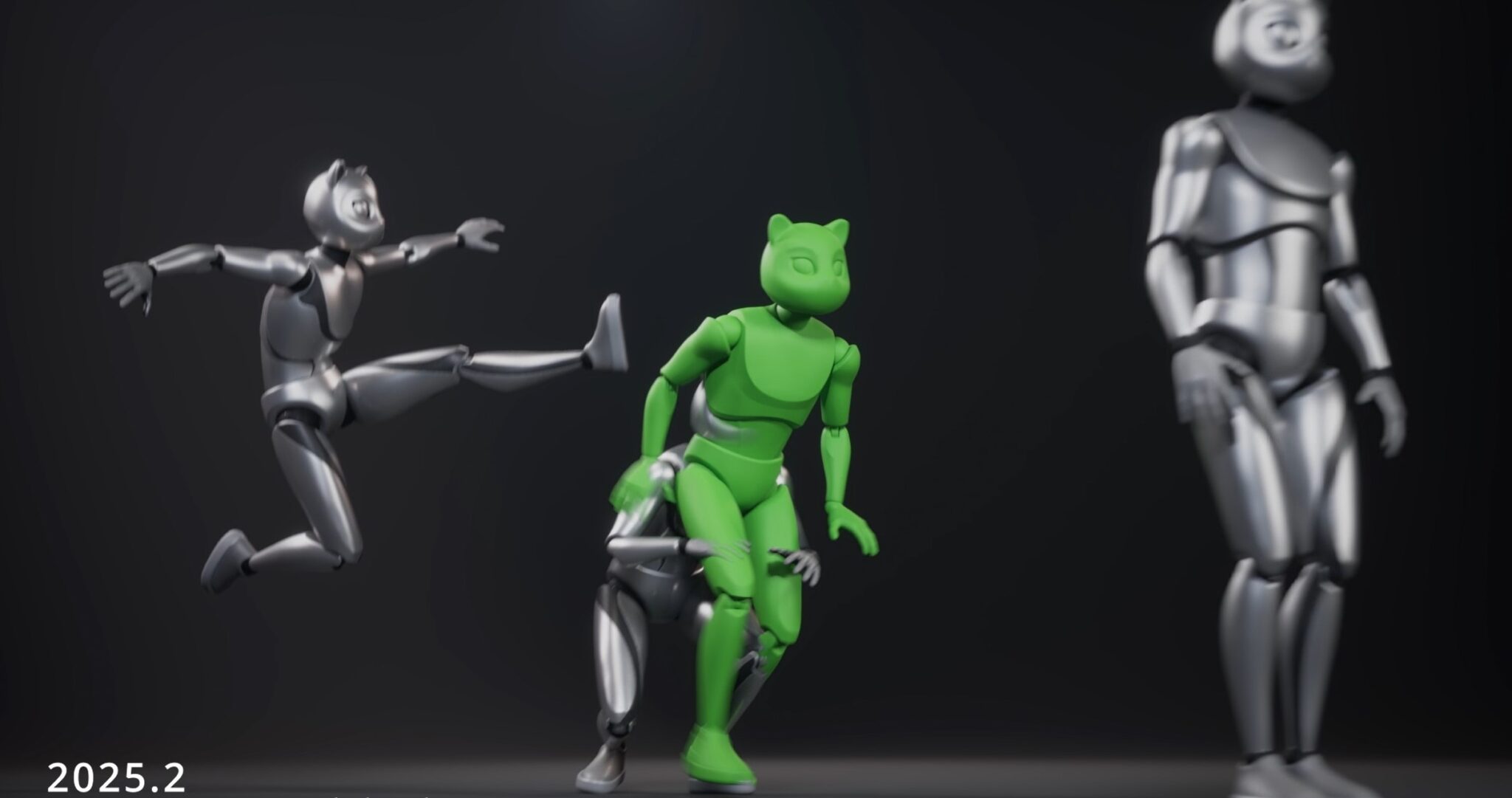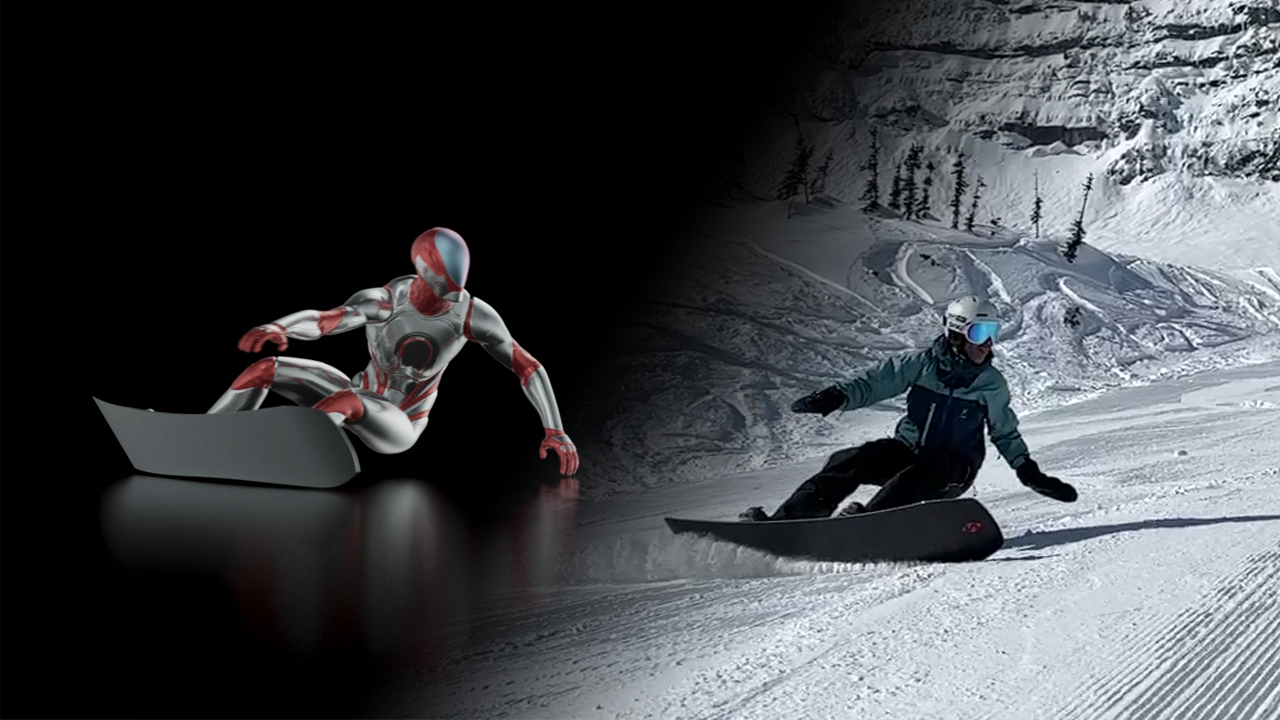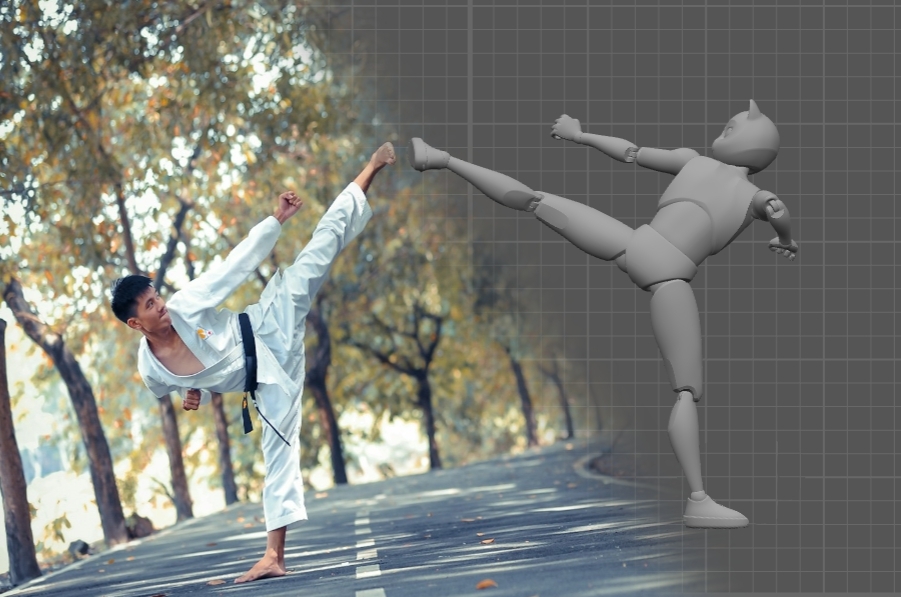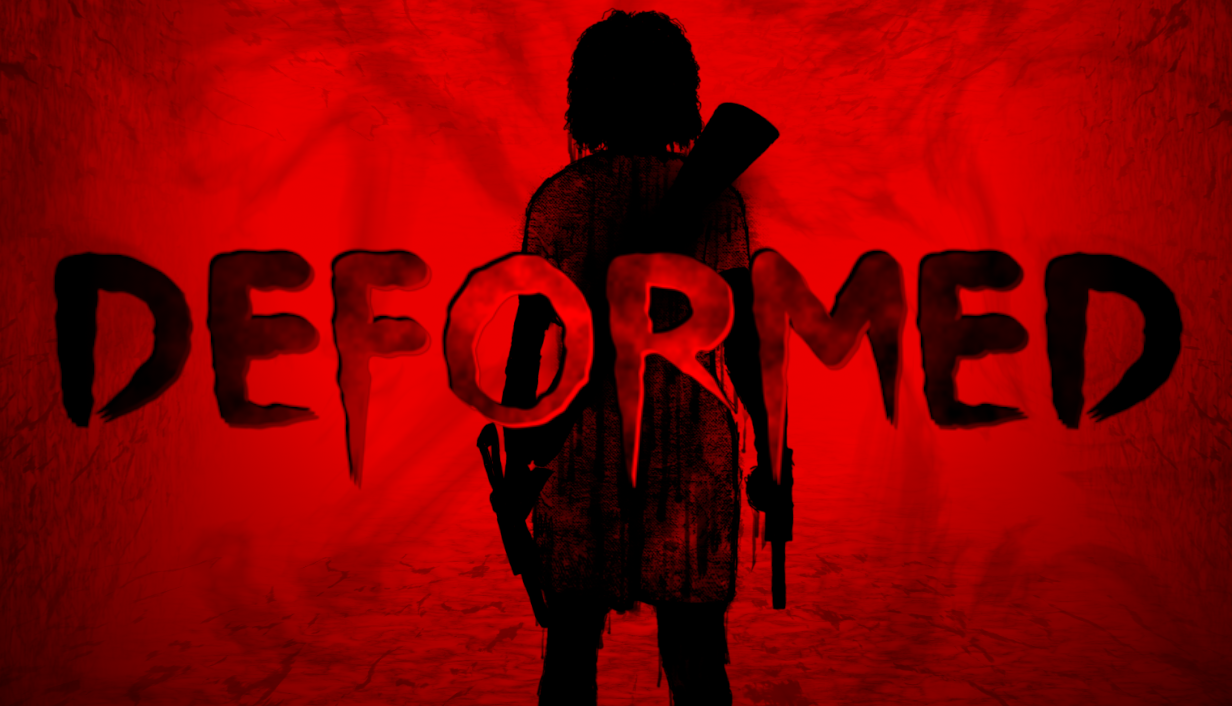Cascadeur 2025.3: New Inbetweening & Quadrupeds
Cascadeur 2025.3 is now available, lifting your animation workflow to the next level by fully integrating Inbetweening interpolation and introducing Quadruped support for AutoPosing and Quick Rigging (Alpha). For the first time, we are also offering an early experimental build using Filament Renderer as a separate download - giving you a preview of Cascadeur’s future rendering capabilities!










